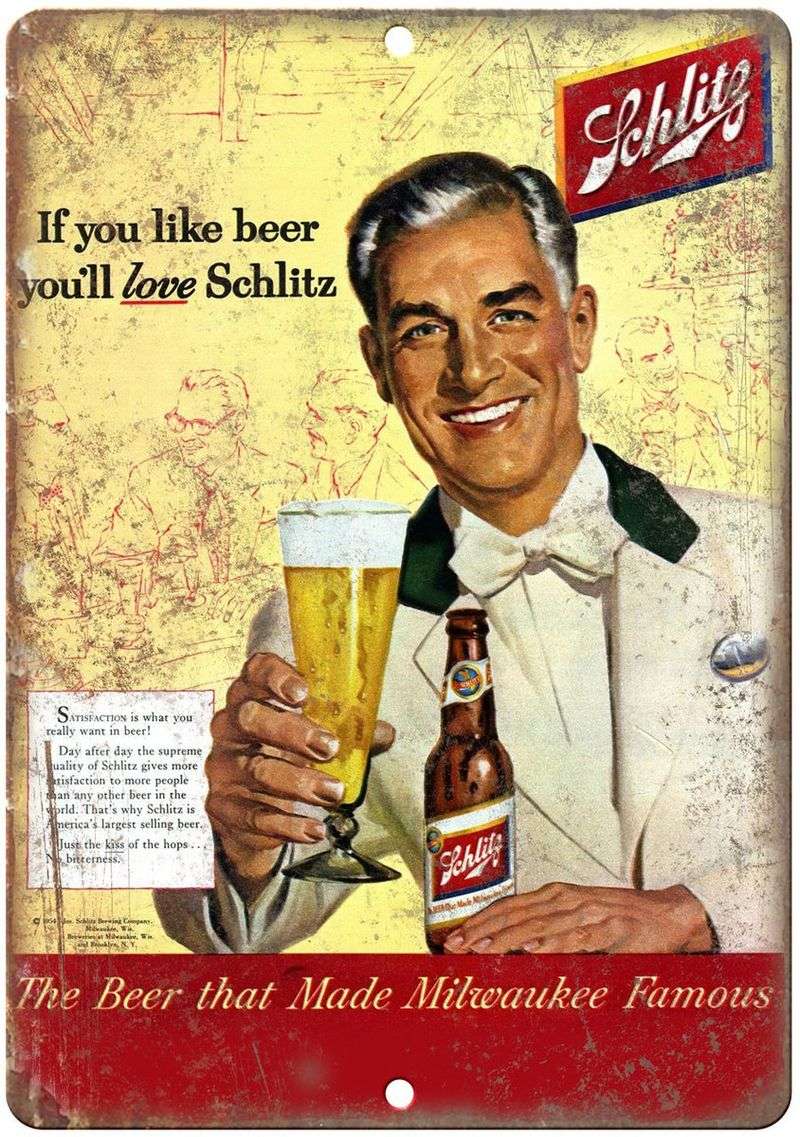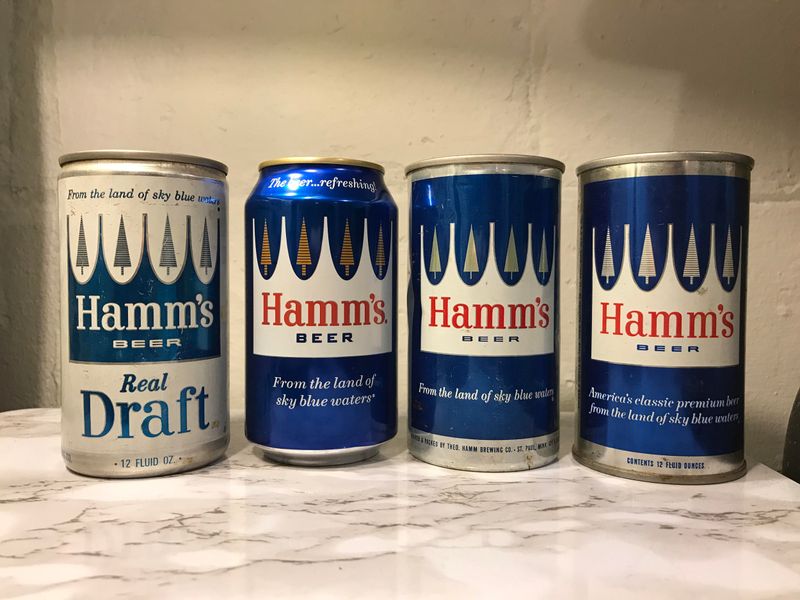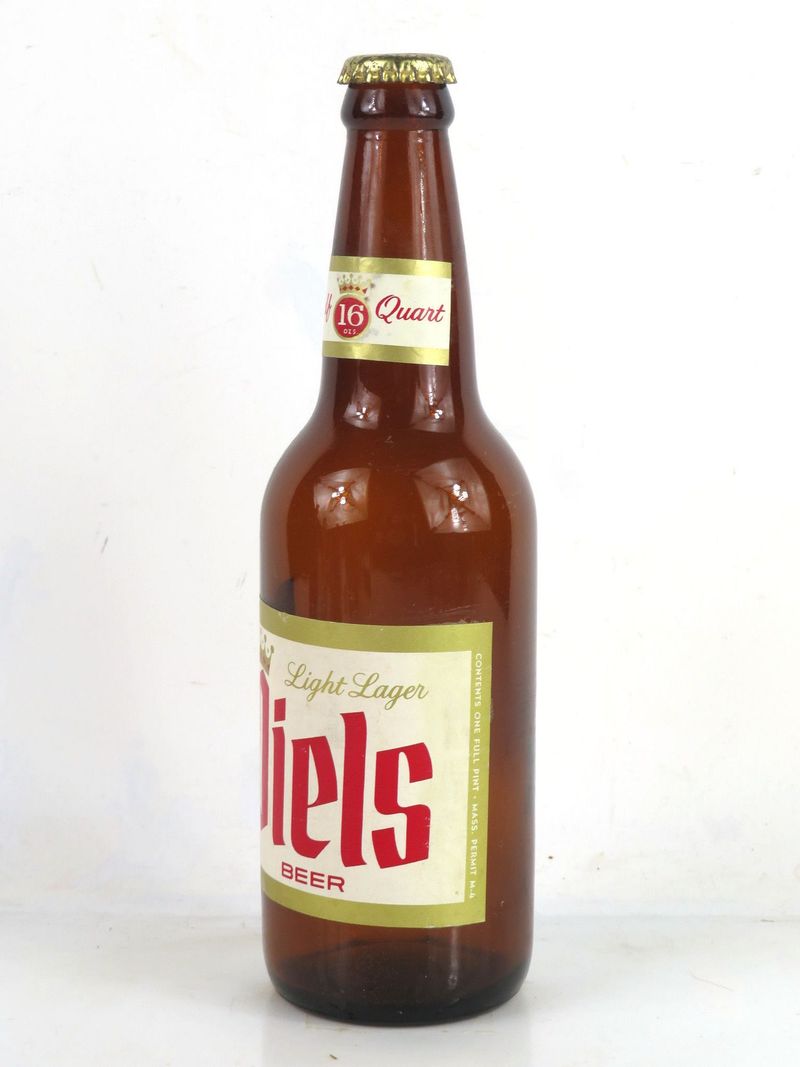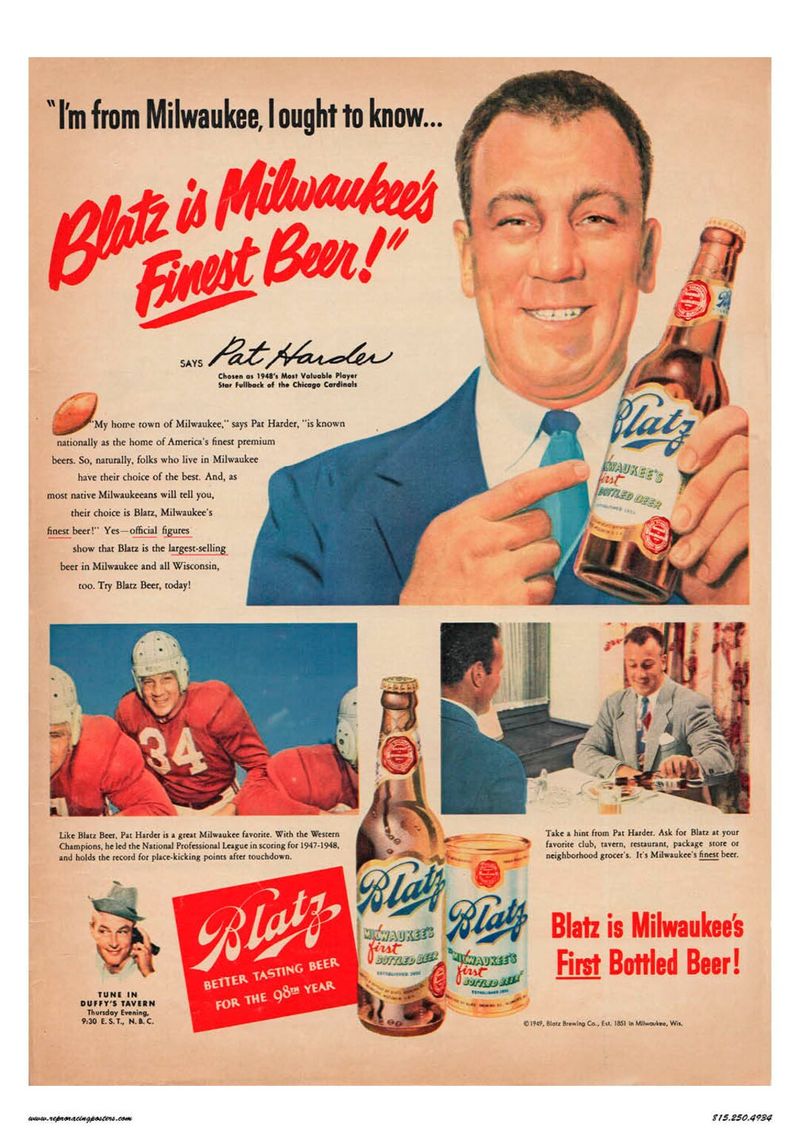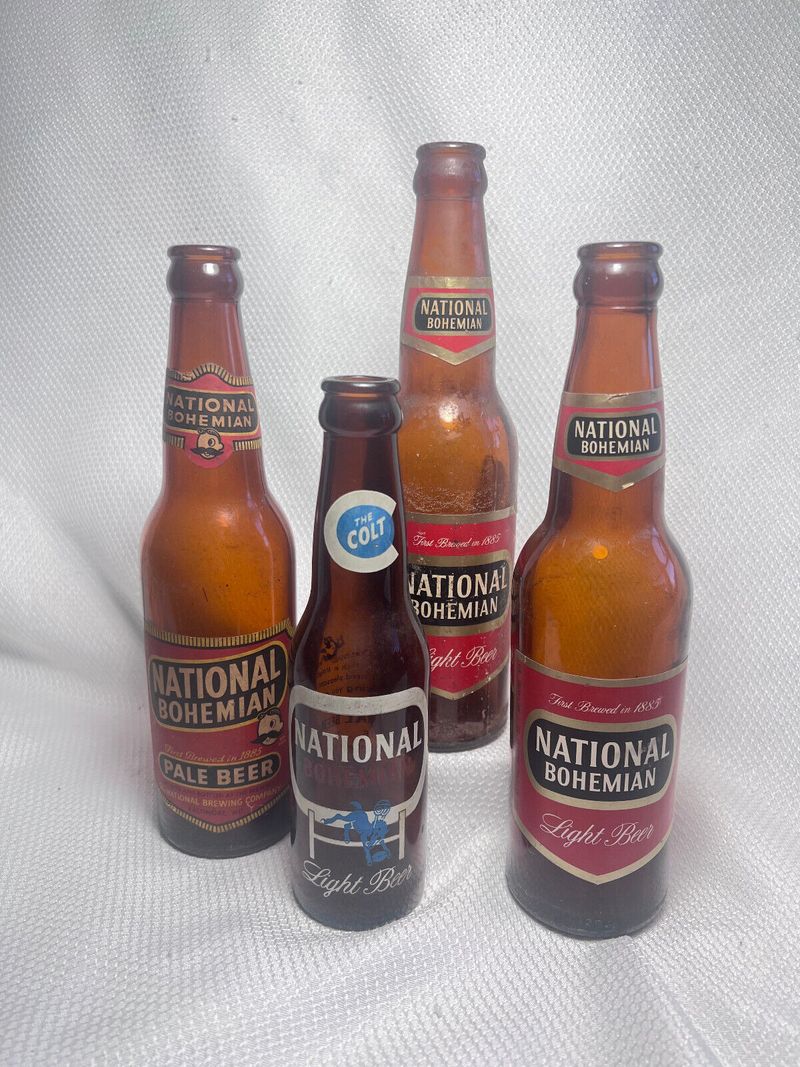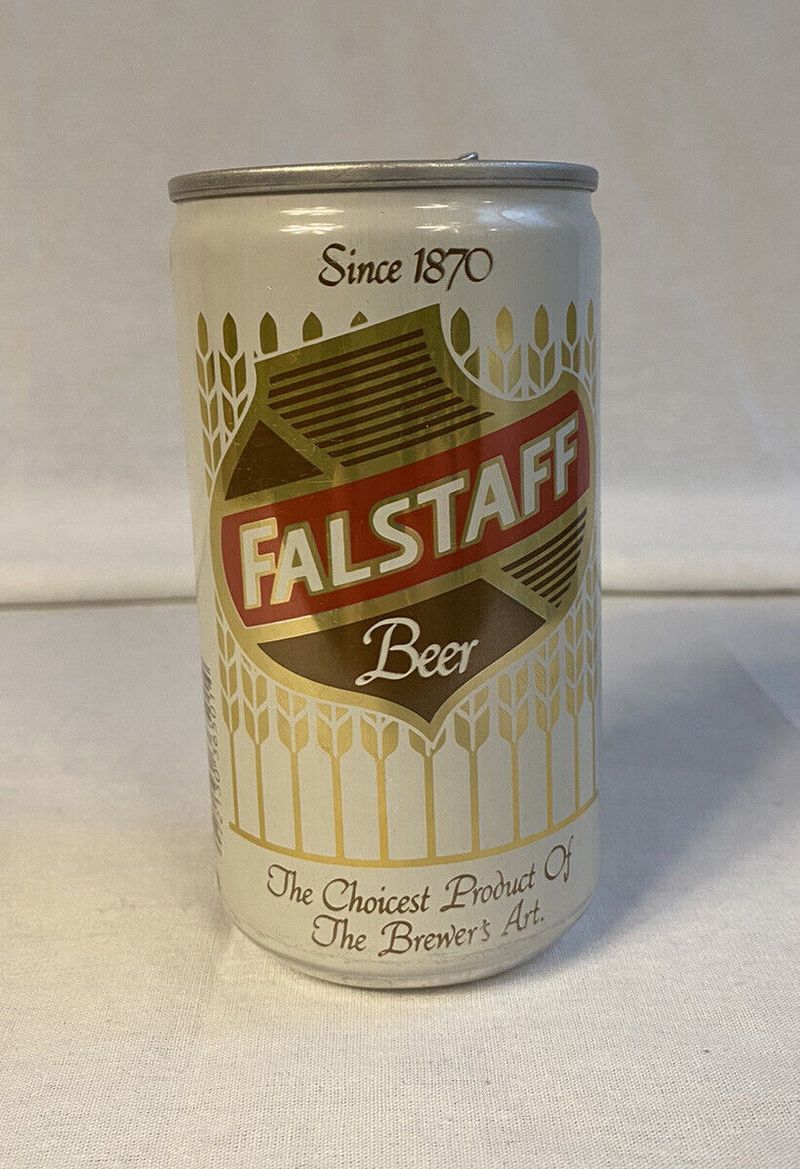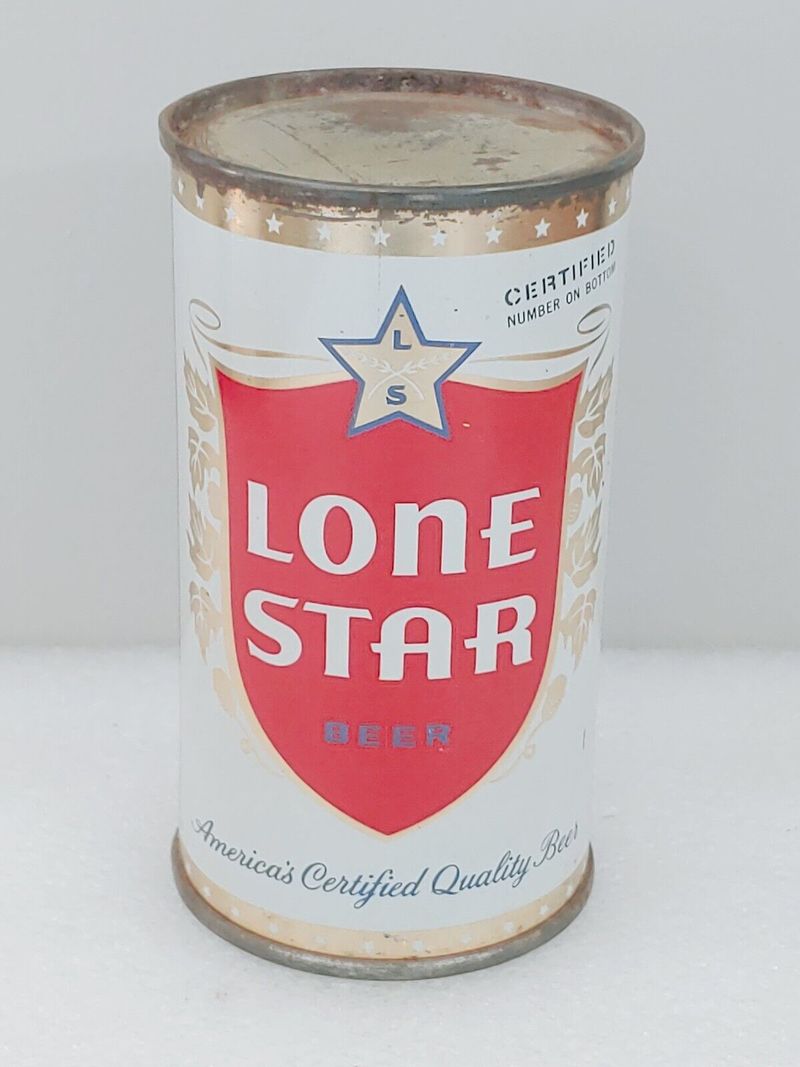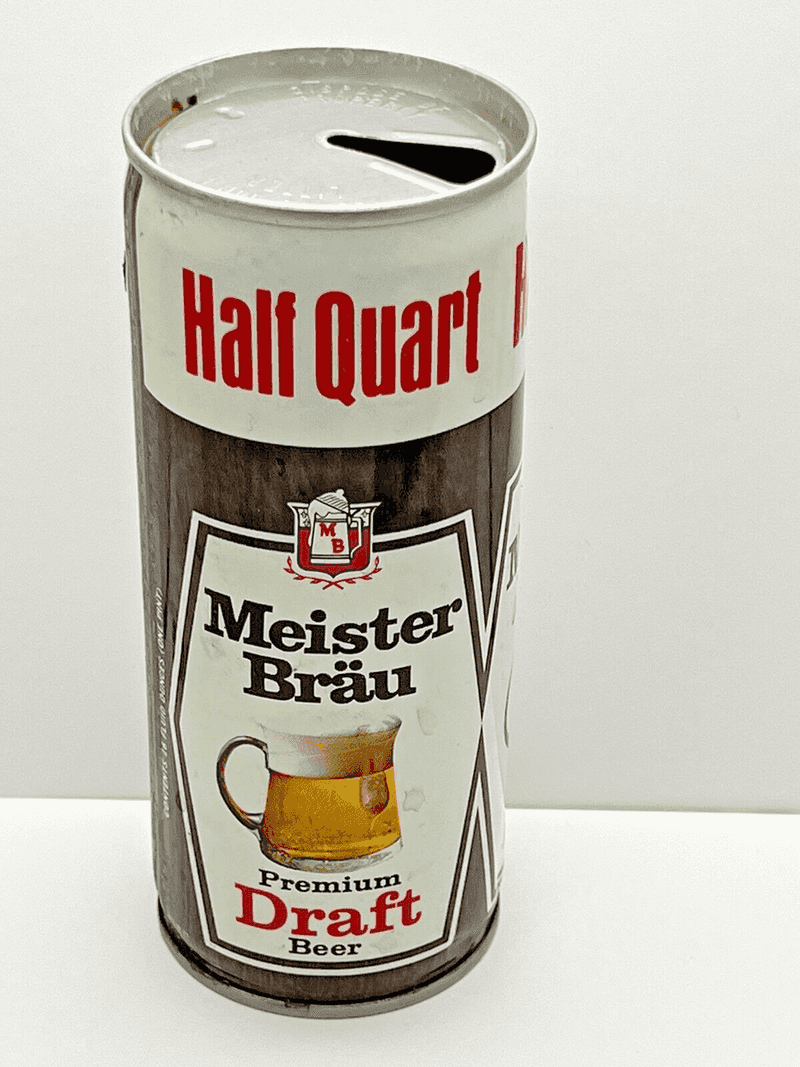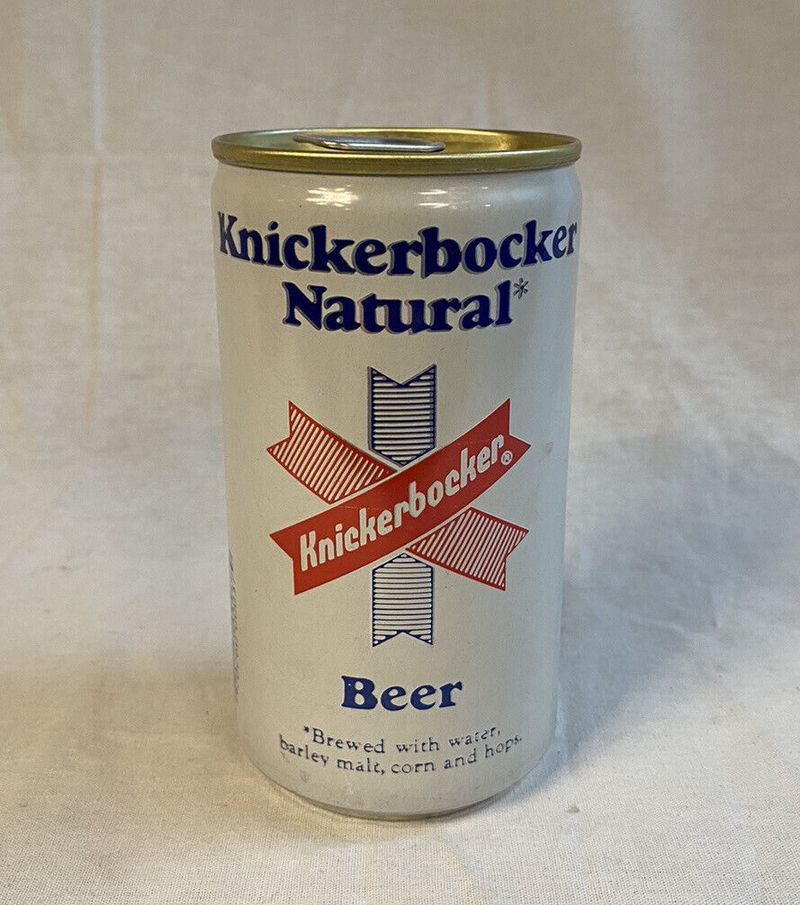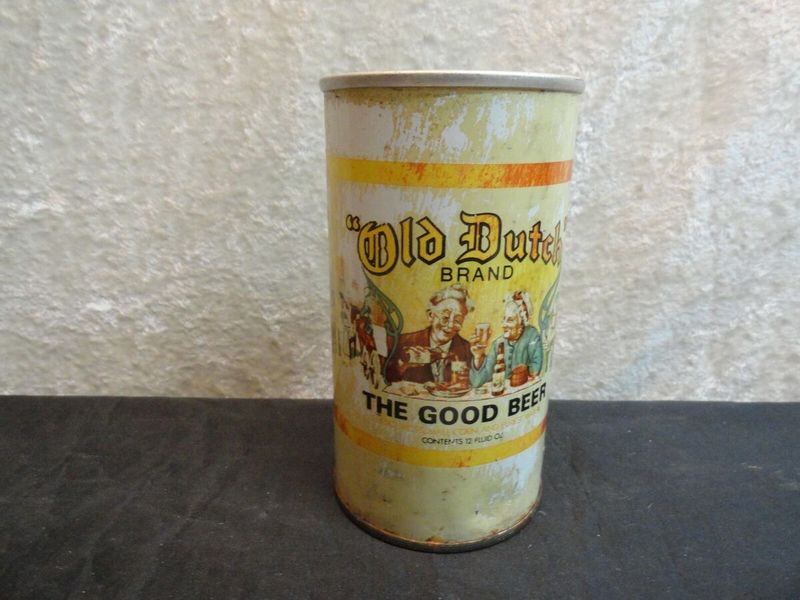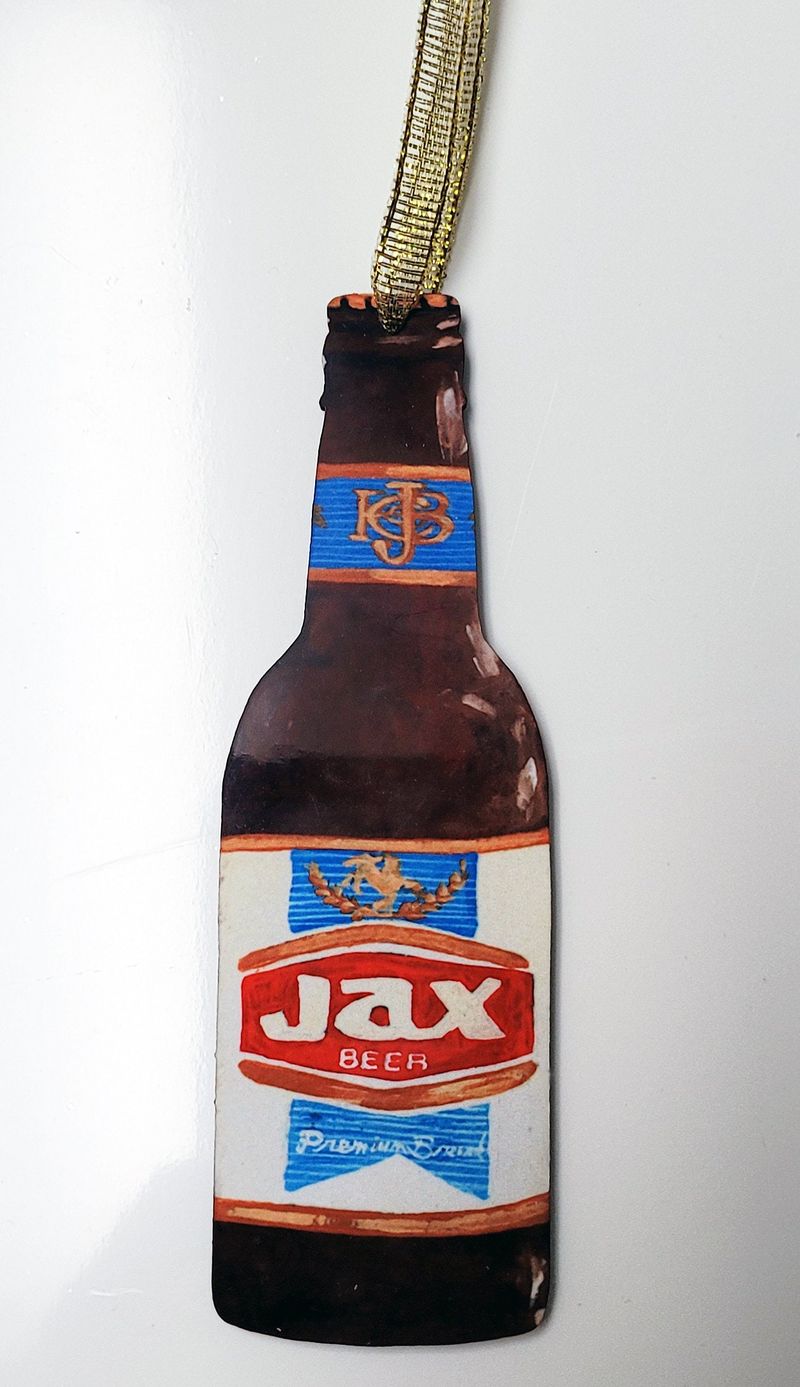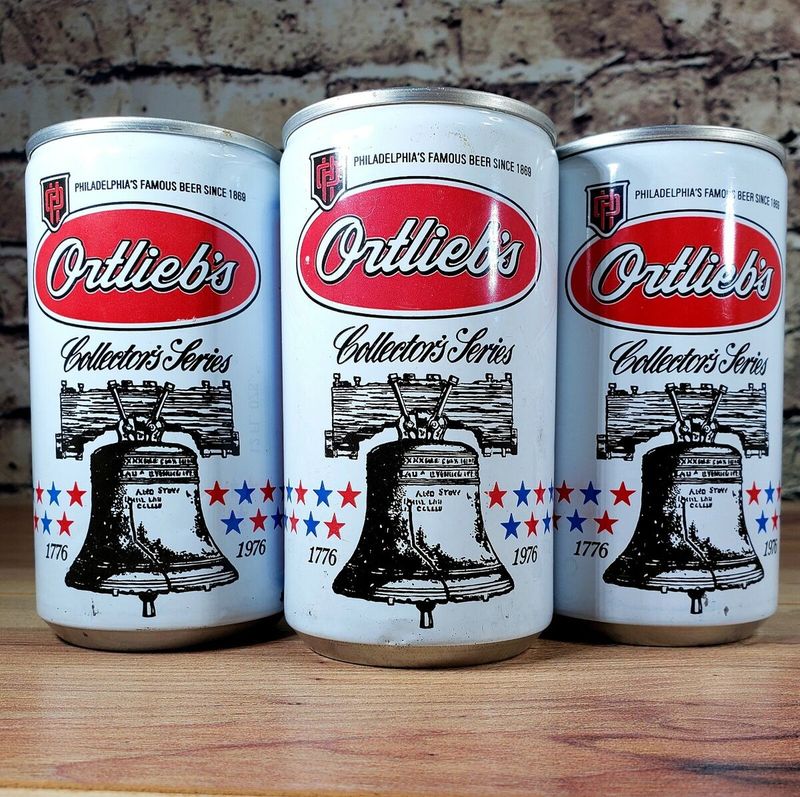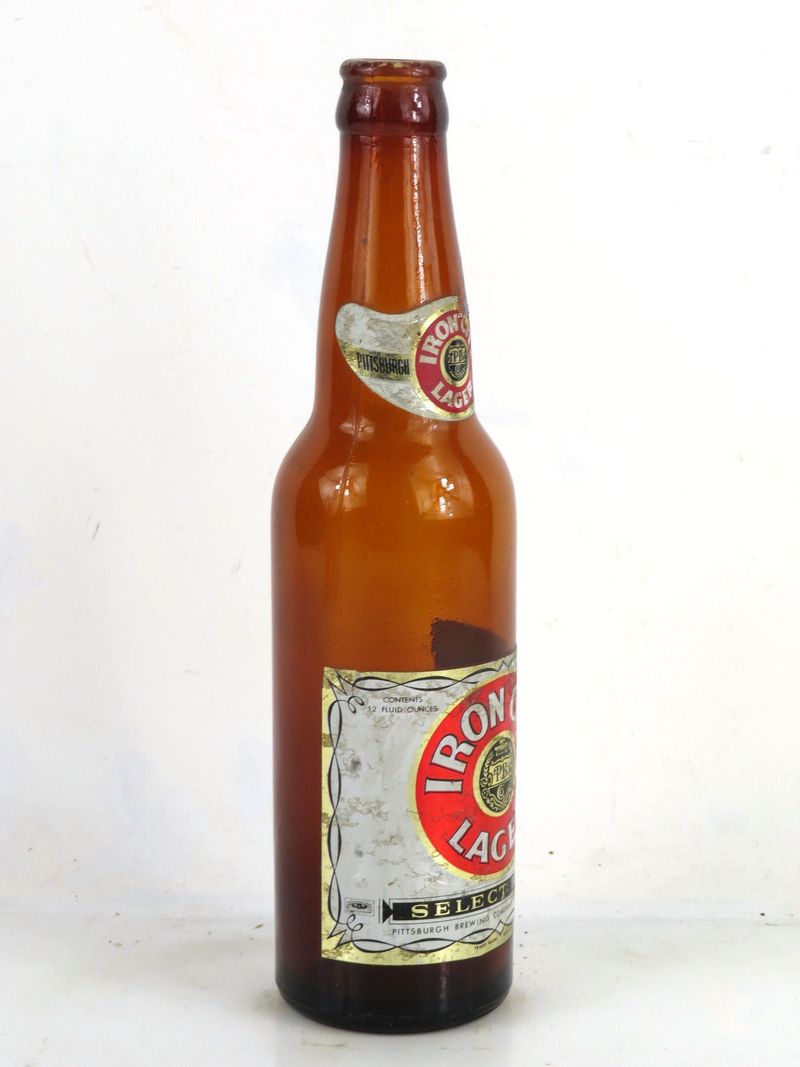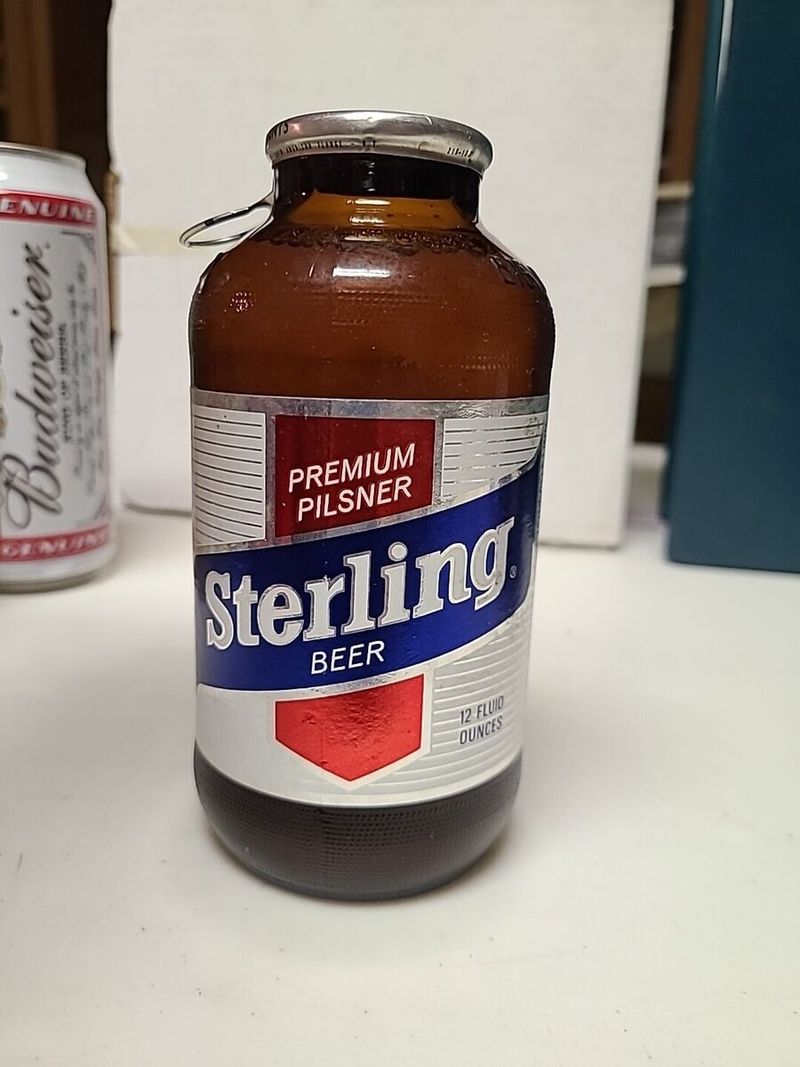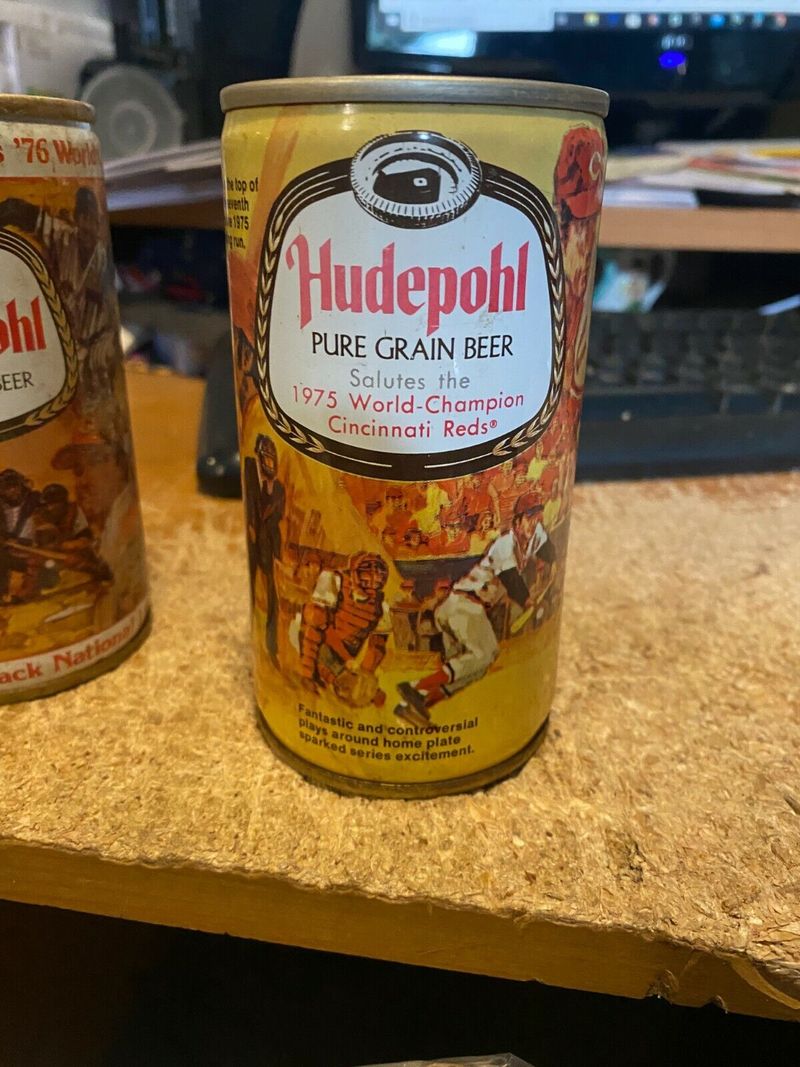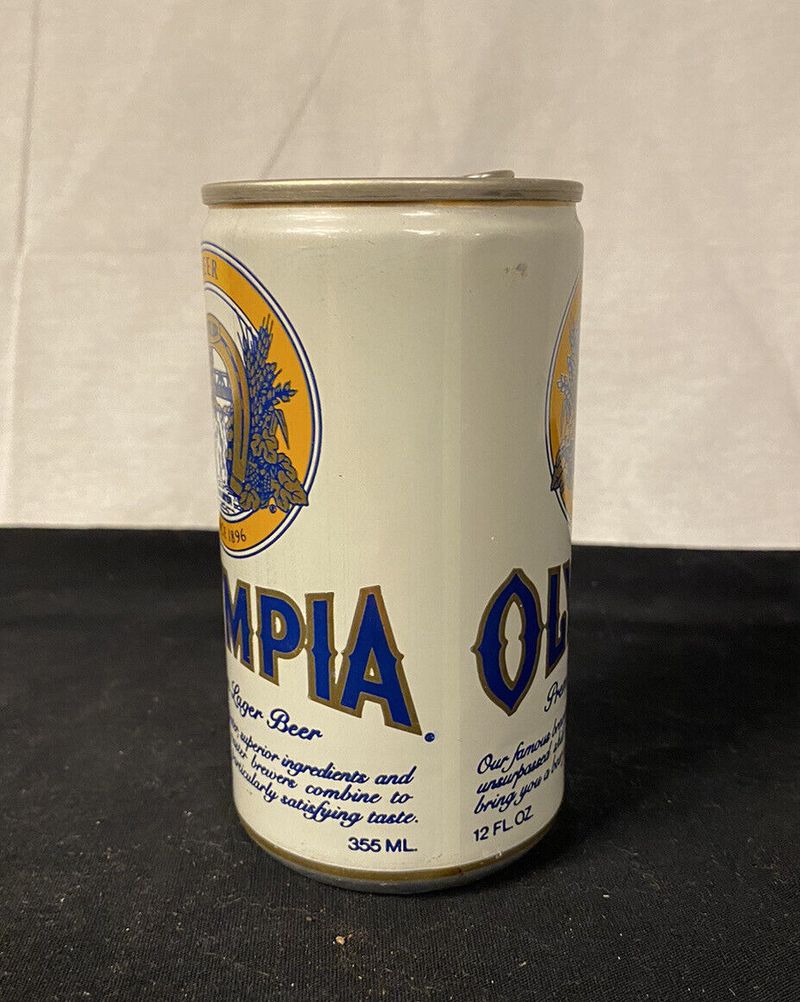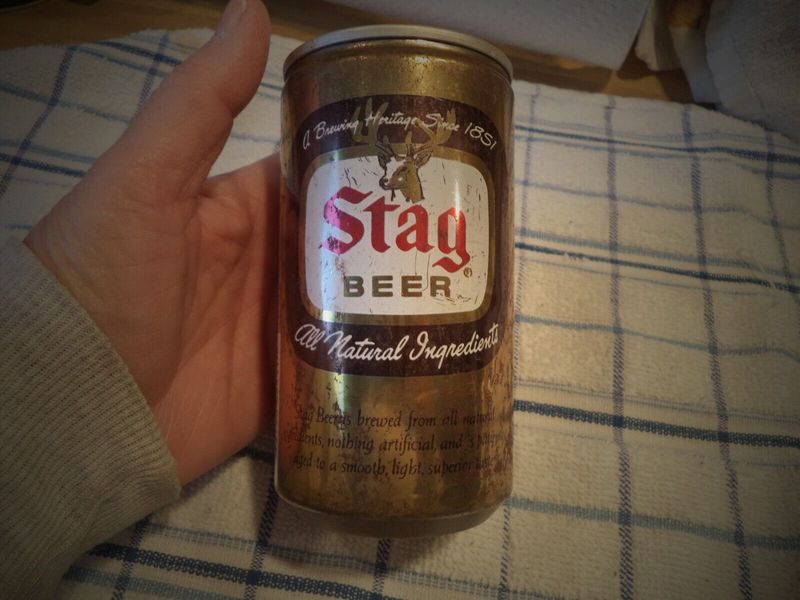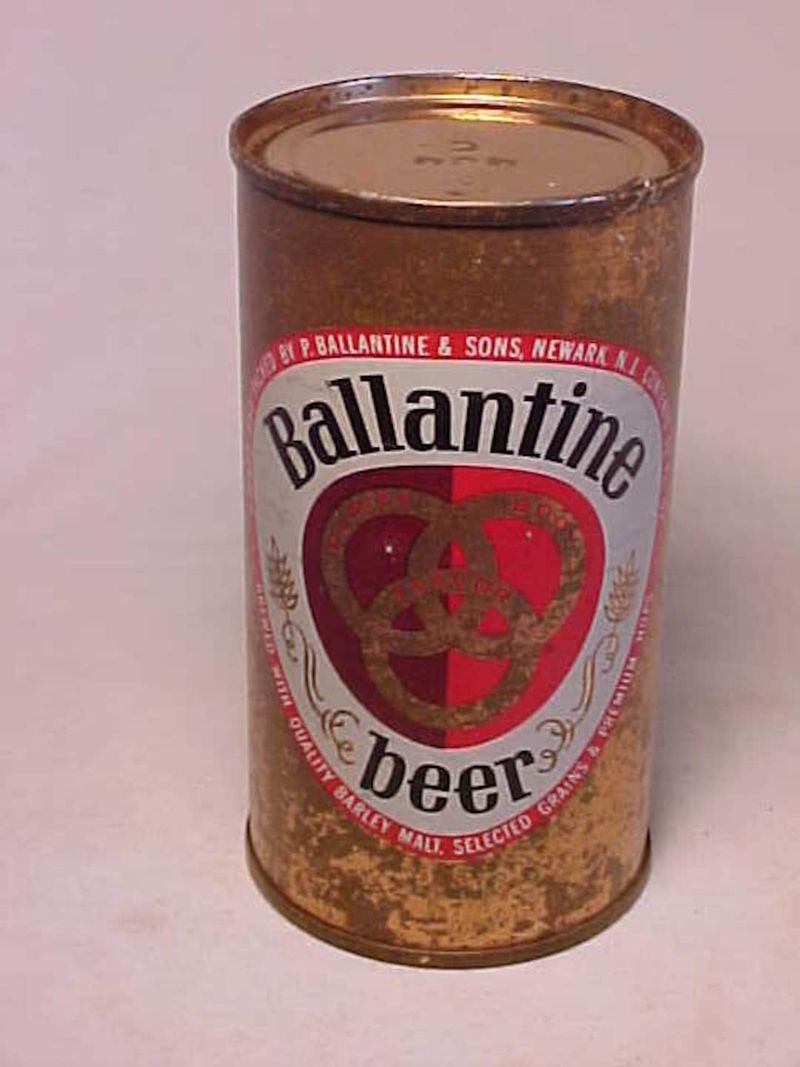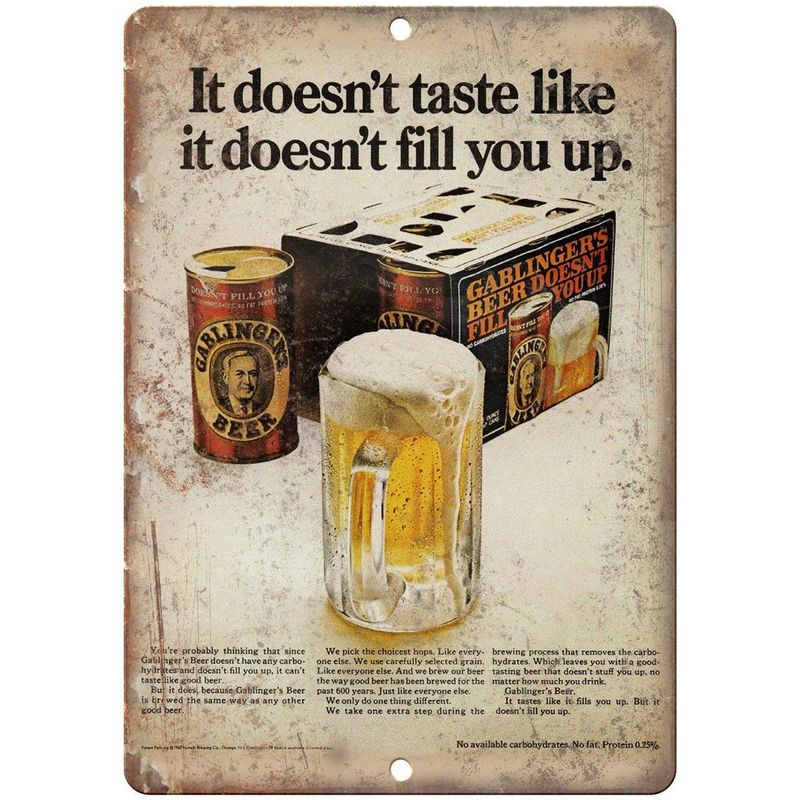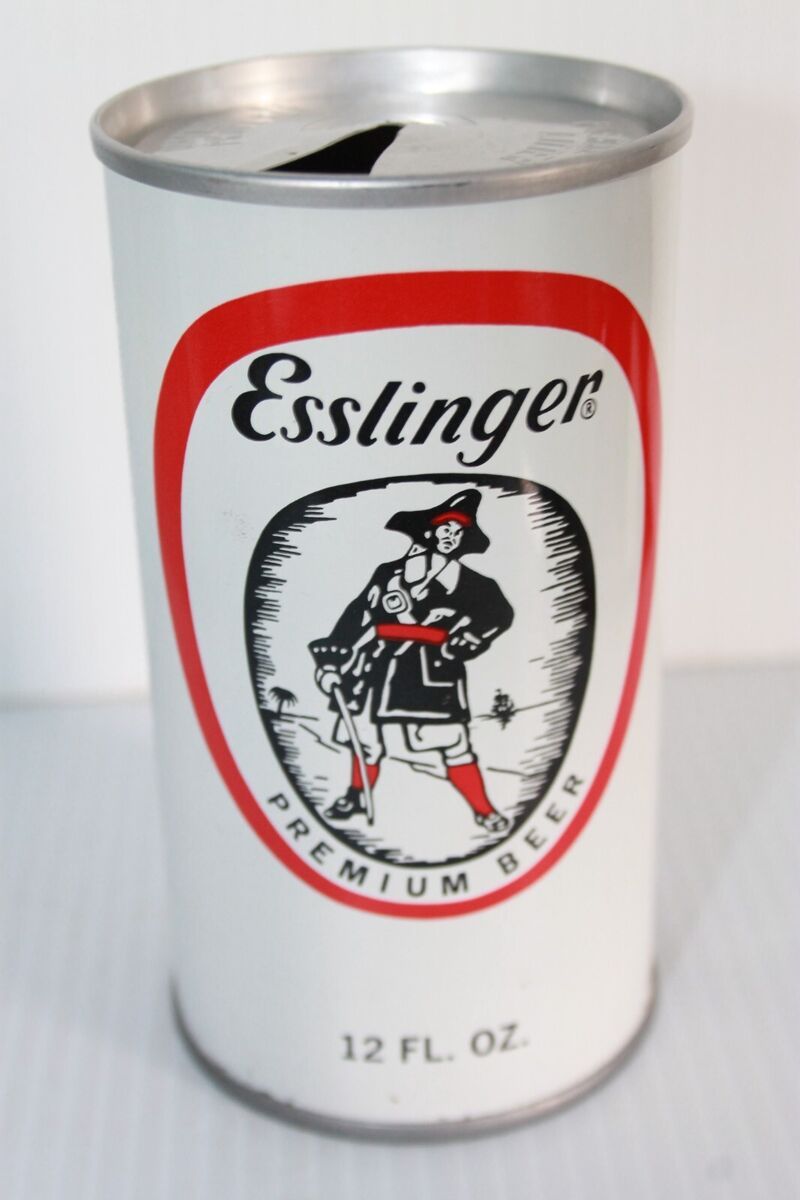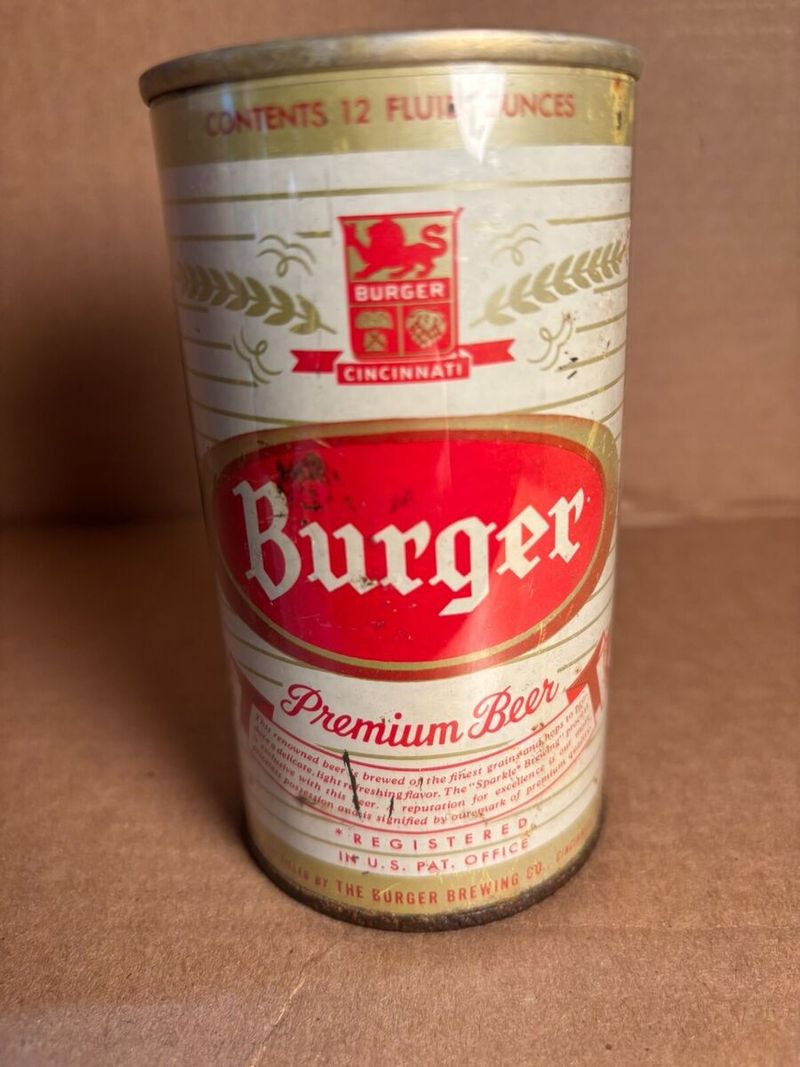The 1960s was an era of vibrant culture and iconic products, including a variety of distinctive beers that were beloved by many but have since disappeared from the shelves.
This blog post explores 24 beers from that era, each with its unique charm and story. Whether due to changing tastes, competition, or operational challenges, these beers have become a nostalgic memory for those who once enjoyed them.
Let’s take a journey down memory lane and uncover these fascinating brews from the past.
1. Schlitz
Schlitz was famously known as “The beer that made Milwaukee famous.” It was one of the largest and most recognized beer brands in the 20th century. Schlitz’s unique brewing process and marketing strategies set it apart, making it a household name.
However, recipe changes and quality control issues led to its decline. In the 1960s, Schlitz was a symbol of American brewing excellence, but today it serves as a reminder of how quickly fortunes can change in the competitive beer market.
Its story is a cautionary tale for modern brewers.
2. Hamm’s
Hamm’s was a beloved beer brand in the Midwest, known for its catchy advertising jingles and charming bear mascot. It was a staple at gatherings, offering a smooth and refreshing taste.
Despite its popularity, Hamm’s struggled to keep pace with industry giants, leading to its eventual decline. The beer’s rustic charm and connection to the Midwest lifestyle remain fond memories for those who grew up with it.
Hamm’s represents a bygone era of brewing, where character and community connection were as important as the product itself.
3. Piel’s Beer
Piel’s Beer was known for its quirky cartoon mascots, Bert and Harry Piel, who featured prominently in its advertising campaigns. This New York-based beer had a loyal following due to its smooth taste and clever marketing.
However, by the late 20th century, Piel’s struggled to maintain its market share amid growing competition and changing consumer tastes. The playful spirit of Piel’s lives on in the nostalgia of its fans, who remember the brand fondly.
Its decline underscores the challenges faced by regional beers in an evolving market.
4. Rheingold Extra Dry
Rheingold Extra Dry was a New York staple, celebrated for its crisp and dry finish. It was the beer of choice for many New Yorkers, known for its association with the famous Miss Rheingold pageants.
Despite its regional popularity, Rheingold faced challenges as national brands expanded their reach. The beer’s disappearance reflects the broader trend of consolidation in the beer industry.
Today, Rheingold is remembered as a symbol of a vibrant local brewing scene that once thrived in New York. Its legacy is a testament to a bygone era of regional pride.
5. Blatz Beer
Blatz Beer was a popular working-class brew in Milwaukee, known for its rich, full-bodied flavor. It was one of the first breweries to produce and sell beer nationally, making it a significant player in the industry.
Over time, however, Blatz struggled to compete with larger, more efficient breweries. The brand’s decline is a reflection of the industrial challenges faced by many mid-century breweries.
Despite its fade from the mainstream, Blatz remains a nostalgic name for those who remember its heyday. It’s a reminder of Milwaukee’s brewing heritage and the ever-changing landscape of the beer industry.
6. National Bohemian (Natty Boh)
National Bohemian, affectionately known as Natty Boh, was a quintessential Baltimore beer. With its iconic one-eyed mascot, it represented the spirit of Charm City. Although once widely distributed, today it’s rare to find Natty Boh outside of Maryland.
Its unique taste and Baltimore roots made it a favorite for local sports fans and gatherings. The brand’s limited availability adds to its allure, making it a cherished symbol of local pride.
Natty Boh continues to hold a special place in the hearts of those who grew up with its quirky charm and distinct flavor.
7. Falstaff Beer
Falstaff Beer once stood as a giant in the beer industry, known for its extensive distribution and marketing prowess. It was hailed for its smooth, malty flavor and was a common sight at social gatherings.
Despite its popularity, Falstaff couldn’t keep up with changing market dynamics and consumer preferences. The decline of this beer reflects the shifting landscape of the American beer market in the latter half of the 20th century.
Today, Falstaff is remembered for its role in American beer history and the nostalgia it evokes among those who enjoyed its heyday.
8. Lone Star Beer
Lone Star Beer was born in Texas and quickly became known as “The National Beer of Texas.” It had a rugged charm and distinctive taste that resonated with the Lone Star State’s independent spirit.
Despite its initial success, Lone Star saw a sharp decline as larger beer companies dominated the market. The brand’s story is emblematic of the challenges faced by regional beers in an increasingly consolidated industry.
Lone Star Beer remains a nostalgic reminder of Texas pride and the unique cultural identity that once defined it. Its legacy endures in the memories of its loyal fans.
9. Carling Black Label
Carling Black Label was once a national hit, celebrated for its smooth texture and balanced flavor. It was a go-to beer for many Americans during social occasions.
Despite its widespread popularity, Carling Black Label’s prominence waned due to increased competition and changing consumer tastes. The brand’s story highlights the volatility of the beer market and the constant evolution of consumer preferences.
Today, Carling Black Label is a fond memory for those who enjoyed its classic taste. It stands as a testament to the dynamic nature of the beer industry and the challenges of sustaining success.
10. Meister Brau
Meister Brau was a forerunner of the light beer revolution, paving the way for brands like Miller Lite. Originating from Chicago, it was known for its full flavor yet lighter calorie count.
Despite its innovative approach, Meister Brau struggled to maintain its market presence amid fierce competition. The brand’s decline serves as a poignant reminder of the challenges in sustaining innovation in the beer industry.
Meister Brau’s legacy lives on in the light beers that followed, marking its place in the history of brewing. It’s a nostalgic emblem for those who appreciate its pioneering spirit.
11. Knickerbocker Beer
Knickerbocker Beer was a classic New York City brew, named after the city’s early Dutch settlers. It was a staple at local taverns, known for its smooth and refreshing taste.
Despite its popularity, Knickerbocker could not withstand the pressures of consolidation in the beer industry. Its disappearance marks the end of an era for many New Yorkers who fondly remember its presence.
Knickerbocker represents a time when local beers were an integral part of the city’s culture and identity. Its story is a tribute to the rich brewing heritage of New York City.
12. Old Dutch Beer
Old Dutch Beer was a beloved brew in the Midwest, celebrated for its classic lager taste and strong community ties. It was often enjoyed at family gatherings and local events, symbolizing the warmth and hospitality of the region.
Despite its popularity, Old Dutch struggled to compete with larger national brands, leading to its decline. The beer’s memory lingers on for those who valued its connection to regional identity.
Old Dutch Beer’s story is a reminder of the unique flavors and traditions that once flourished in the Midwest, now cherished by those who remember its golden days.
13. Jax Beer
Jax Beer was a New Orleans brew that captured the essence of the city’s vibrant culture. Known for its smooth and crisp taste, it was a favorite among locals and tourists alike.
Despite its local popularity, Jax Beer faced challenges from larger breweries, eventually leading to its decline. The beer’s legacy endures in the memories of those who associate it with the lively spirit of New Orleans.
Jax Beer represents a time when regional brews thrived, providing unique flavors that reflected the culture and ambiance of their home cities. Its story is one of nostalgia and local pride.
14. Ortlieb’s
Ortlieb’s was a Pennsylvania favorite, known for its rich flavor and family-owned brewery charm. It was a staple in local bars and homes, celebrated for its quality and consistency.
Despite its loyal following, Ortlieb’s struggled amid industry consolidation and increasing competition. The brand’s disappearance marks the end of a beloved era for many Pennsylvanians who cherished its familiar taste.
Ortlieb’s story highlights the challenges faced by small, family-owned breweries in a rapidly changing market. Its legacy endures as a tribute to the craftsmanship and community spirit that once defined it.
15. Iron City Beer
Iron City Beer was a symbol of Pittsburgh’s industrial might, known for its robust flavor and blue-collar appeal. While still produced in small batches today, it has lost much of its former prominence.
In the 1960s, Iron City was a local powerhouse, celebrated by the city’s hardworking populace. Its decline reflects the broader economic changes that affected Pittsburgh’s industrial landscape.
Despite its reduced presence, Iron City Beer remains a nostalgic emblem of the city’s rich history and cultural identity. It stands as a testament to the enduring spirit of Pittsburgh and its people.
16. Sterling Beer
Sterling Beer was a popular lager from Kentucky, known for its crisp taste and regional charm. It was a common sight at gatherings, reflecting the state’s rich brewing tradition.
Despite its initial success, Sterling Beer struggled to compete with larger national brands, leading to its eventual decline.
The beer’s story is a reflection of the changing landscape of the American beer industry, where regional favorites often faced insurmountable challenges. Sterling Beer remains a fond memory for those who appreciated its unique flavor and connection to Kentucky’s brewing heritage.
17. Hudepohl Beer
Hudepohl Beer was a Cincinnati favorite, celebrated for its rich taste and local roots. It was an integral part of the city’s culture, often associated with local sports events and gatherings.
Despite its popularity, Hudepohl struggled to maintain its market position amid industry consolidation. The brand’s decline highlights the challenges faced by regional breweries in a nationalized market.
Hudepohl Beer remains a cherished memory for Cincinnatians who valued its connection to the city’s history and community. Its story is a reminder of the dynamic and often unpredictable nature of the beer industry.
18. Olympia Beer
Olympia Beer was famously known for its slogan “It’s the water,” emphasizing the natural springs used in its brewing process. It was a staple in the Pacific Northwest, celebrated for its refreshing taste and iconic branding.
Despite its regional popularity, Olympia faced challenges from larger breweries, leading to its decline. The beer’s story reflects the broader trends in the industry, where regional brands often struggle to compete on a national scale.
Olympia Beer remains a nostalgic symbol of the Pacific Northwest’s brewing heritage, cherished by those who remember its distinctive flavor and branding.
19. Stag Beer
Stag Beer was a popular choice in the Midwest, known for its crisp and clean taste. It was a common sight at local events, reflecting the region’s brewing tradition. Despite its popularity, Stag struggled to compete with larger brands, leading to its decline.
The beer’s story highlights the challenges faced by regional breweries in an increasingly consolidated market. Stag Beer remains a nostalgic memory for those who appreciated its unique flavor and connection to the Midwest’s brewing heritage.
Its legacy endures as a symbol of regional pride and the vibrant culture of local brewing.
20. Ballantine IPA
Ballantine IPA was a strong, flavorful beer that symbolized the craft beer movement long before it became trendy. Known for its robust hop presence and distinct aroma, it was a favorite among beer enthusiasts seeking something bold.
The IPA boasted a unique brewing process that involved aging in wood barrels, which imparted a complex character that is still admired by brewers today. Although it disappeared from shelves, its influence can be seen in the resurgence of craft IPAs.
Fans of Ballantine IPA reminisce about its bitter yet balanced taste, a profile that many modern IPAs strive to replicate. Its disappearance left a void in the beer world that many hope will someday be filled.
21. Weidemann’s Fine Beer
Weidemann’s Fine Beer was popular in the Midwest, celebrated for its smooth taste and regional appeal. It was often enjoyed at social gatherings, reflecting the community spirit of the region.
Despite its success, Weidemann’s struggled to compete with larger national brands, leading to its decline. The beer’s story is a reflection of the challenges faced by regional breweries in a changing market.
Weidemann’s Fine Beer remains a cherished memory for those who valued its connection to the Midwest’s brewing tradition. Its legacy endures as a symbol of regional pride and the vibrant culture of local brewing.
22. Gablinger’s Beer
Gablinger’s Beer was one of the first low-calorie beers, introduced during a time when health consciousness was gaining traction. Despite its innovative approach, the beer was short-lived, facing challenges in gaining a foothold in the market.
Its story is a reminder of the difficulties in pioneering new product categories. Gablinger’s legacy lives on in the light beers that followed, marking its place in the history of brewing.
It’s a nostalgic emblem for those who appreciate its pioneering spirit and the early days of the health-conscious beer movement.
23. Esslinger’s Beer
Esslinger’s Beer was a Philadelphia brewery known for its robust flavor and community-focused business model. It was a staple in local bars, known for its quality and consistency.
Despite its popularity, Esslinger’s struggled to compete with larger national brands, leading to its decline. The beer’s story highlights the challenges faced by regional breweries in a rapidly changing industry.
Esslinger’s remains a fond memory for those who appreciated its connection to Philadelphia’s brewing heritage. Its legacy endures as a symbol of the city’s rich history and the vibrant culture of local brewing.
24. Burger Beer
Burger Beer was once a regional powerhouse, known for its smooth taste and strong community ties. It was a common sight at local sports events, reflecting the city’s vibrant culture and love for its local brews.
Despite its popularity, Burger Beer struggled to maintain its market position amid industry consolidation. The brand’s decline highlights the challenges faced by regional breweries in a nationalized market.
Burger Beer remains a cherished memory for those who valued its connection to the city’s history and community. Its story is a reminder of the dynamic and often unpredictable nature of the beer industry.
